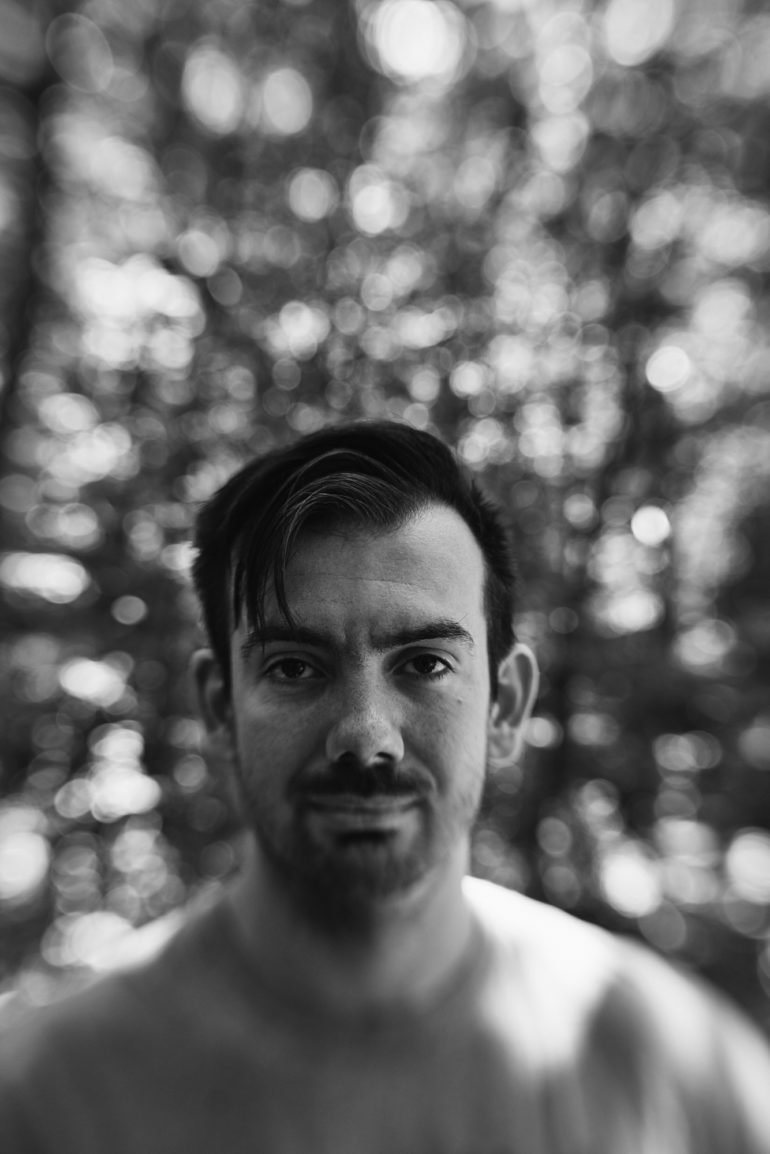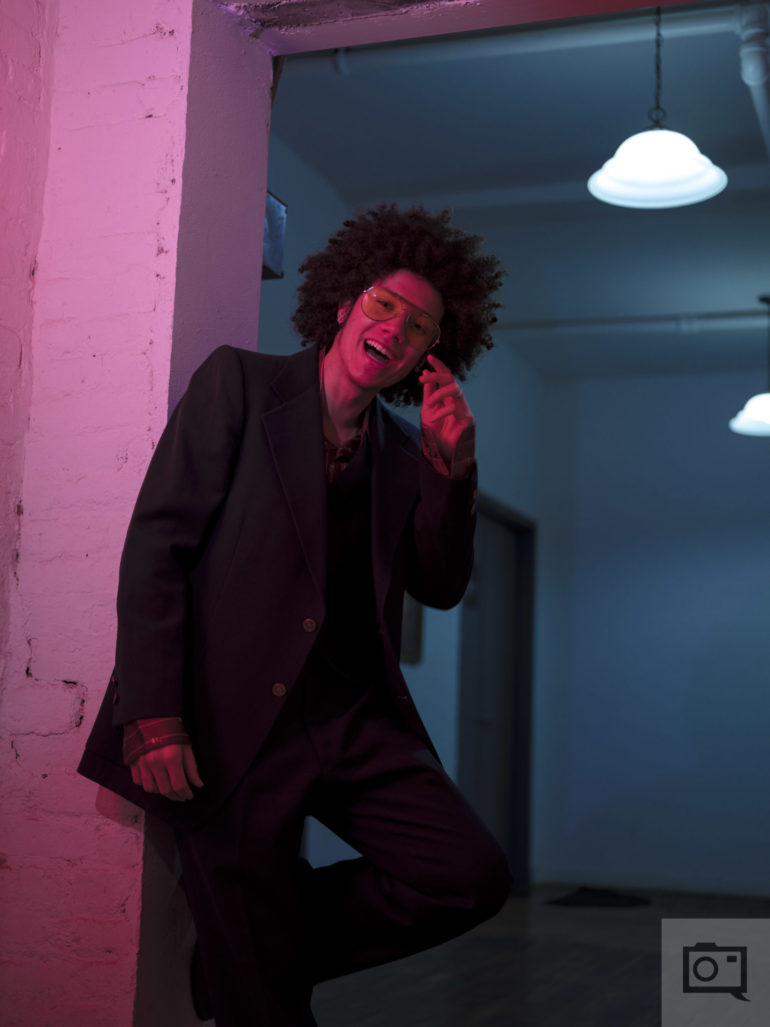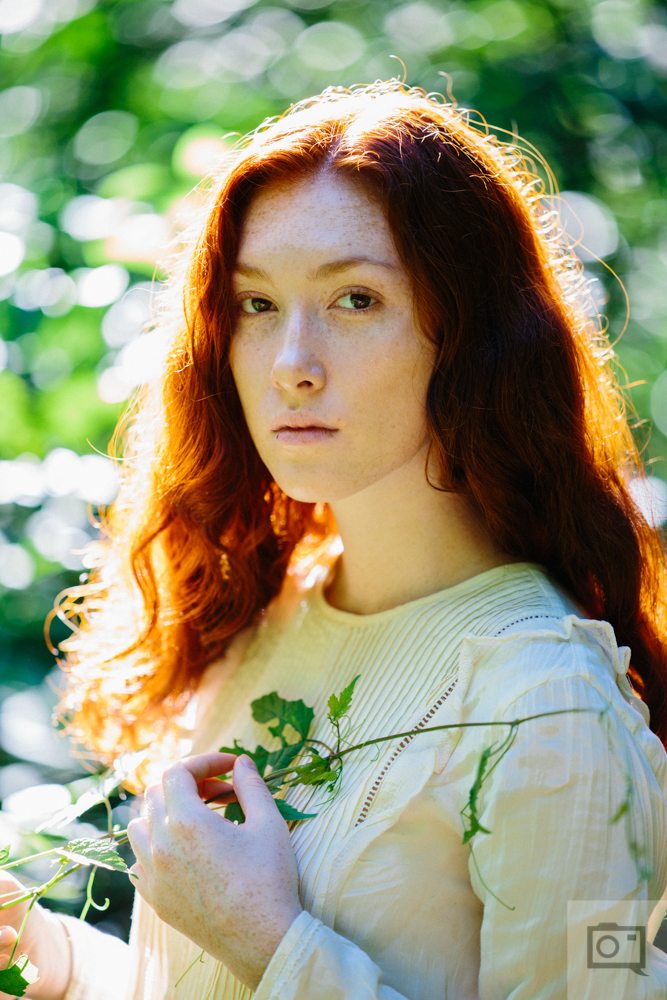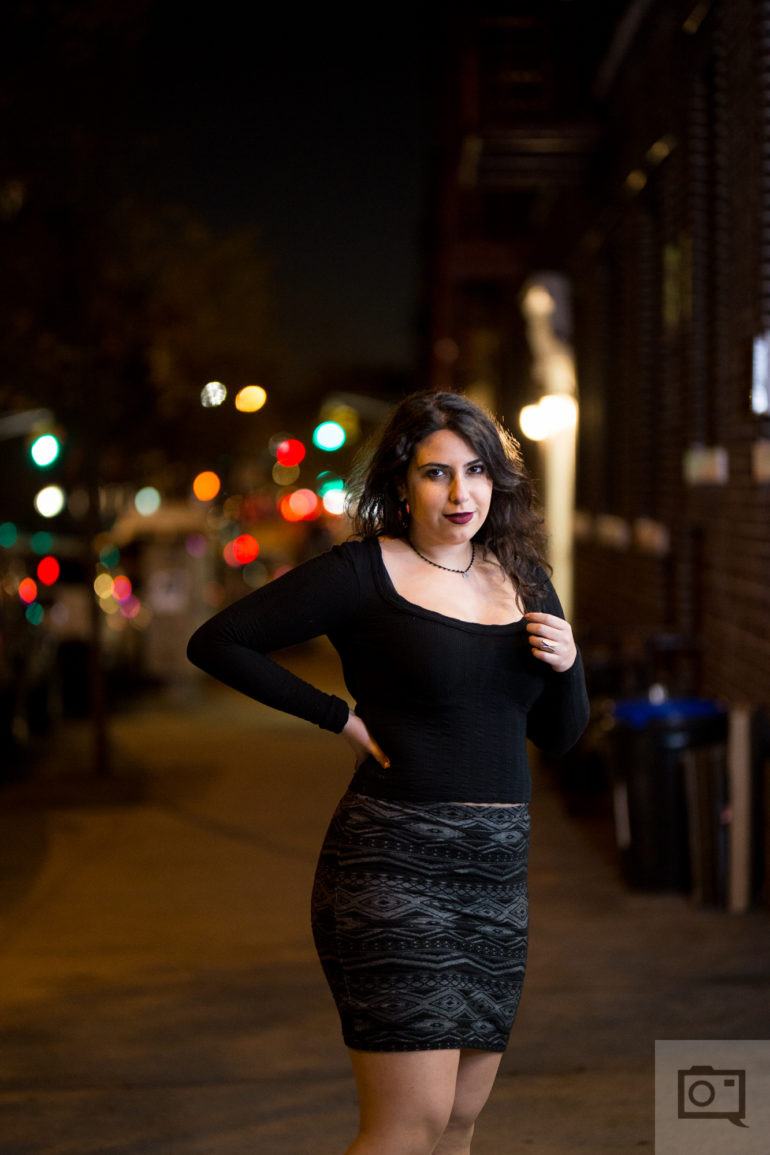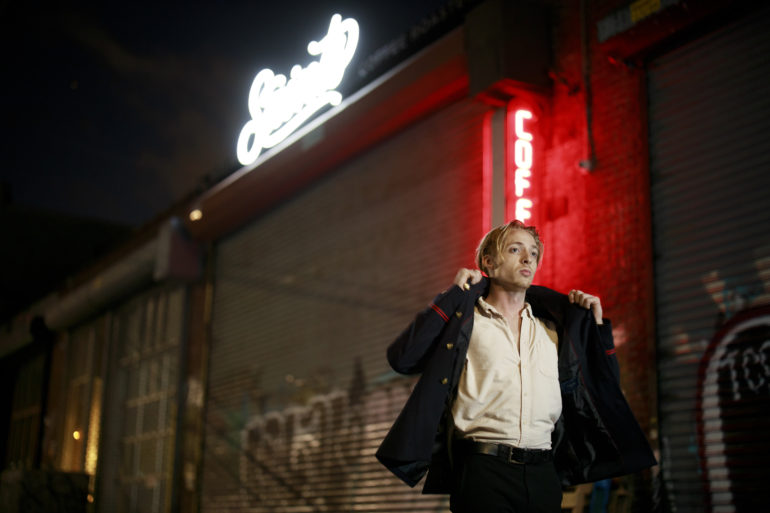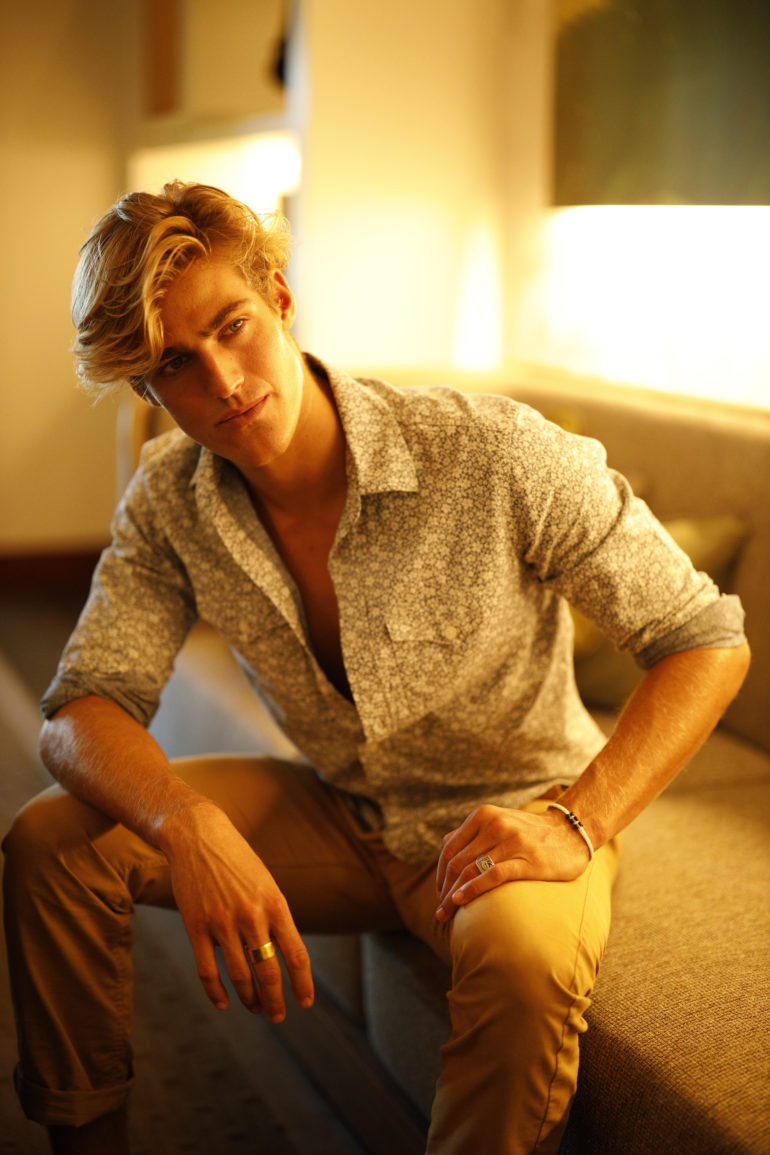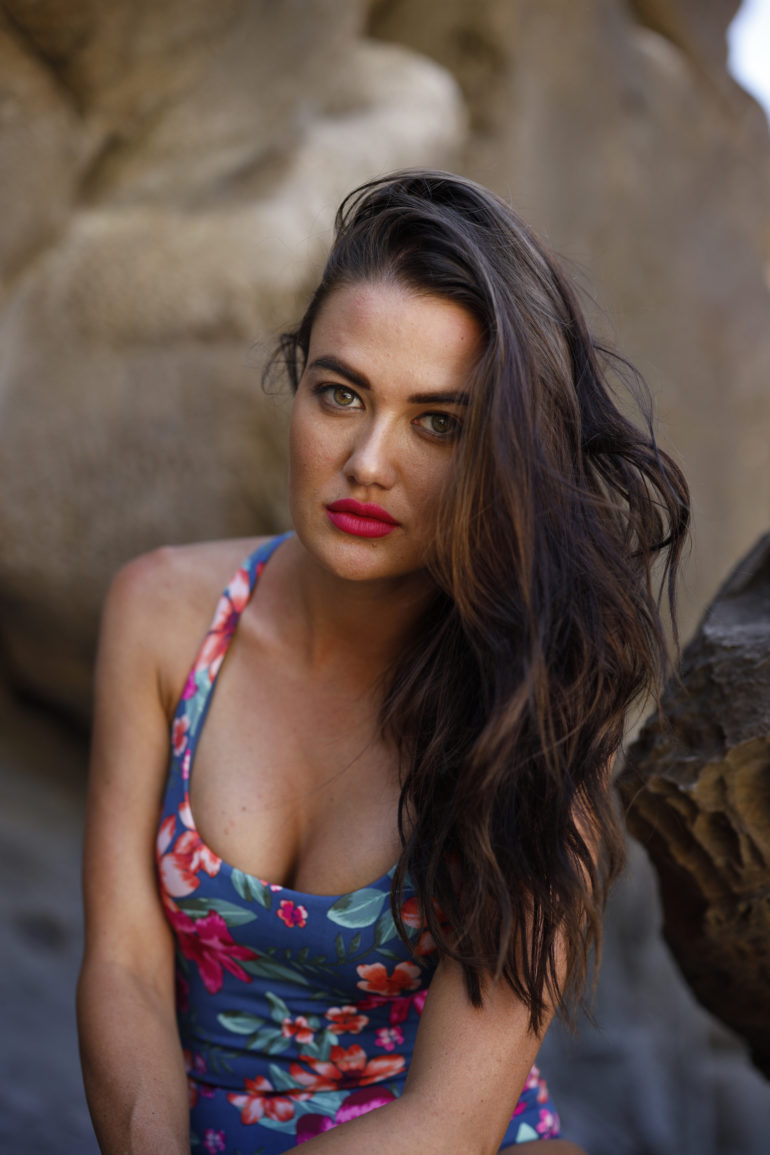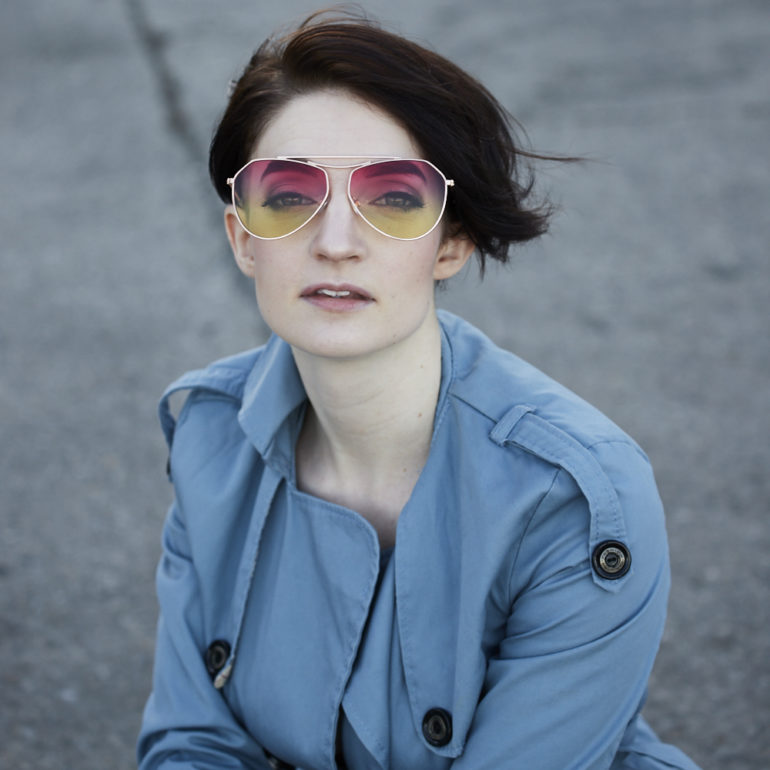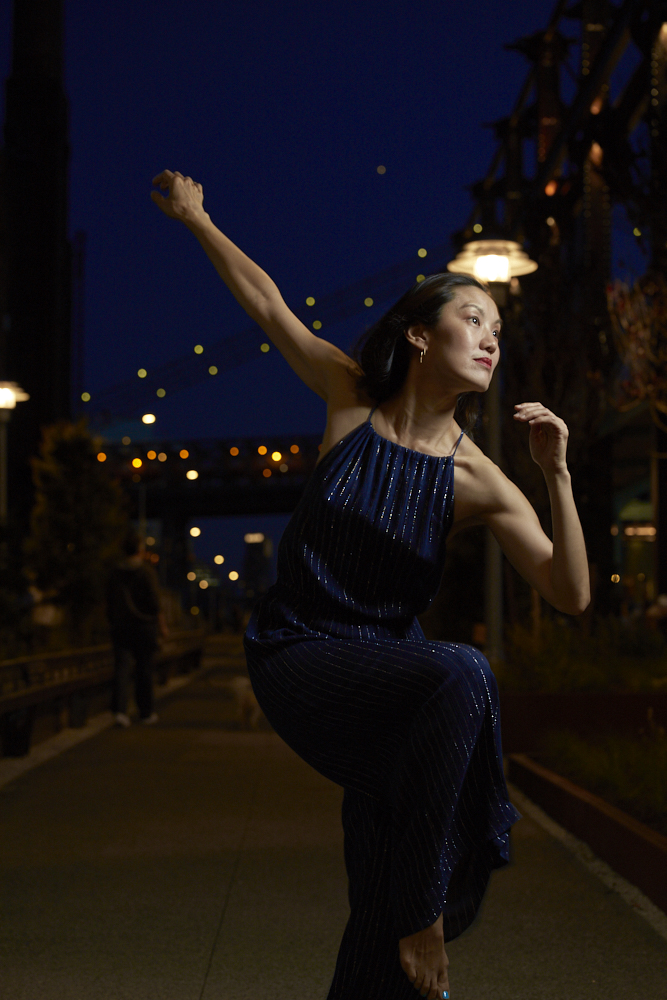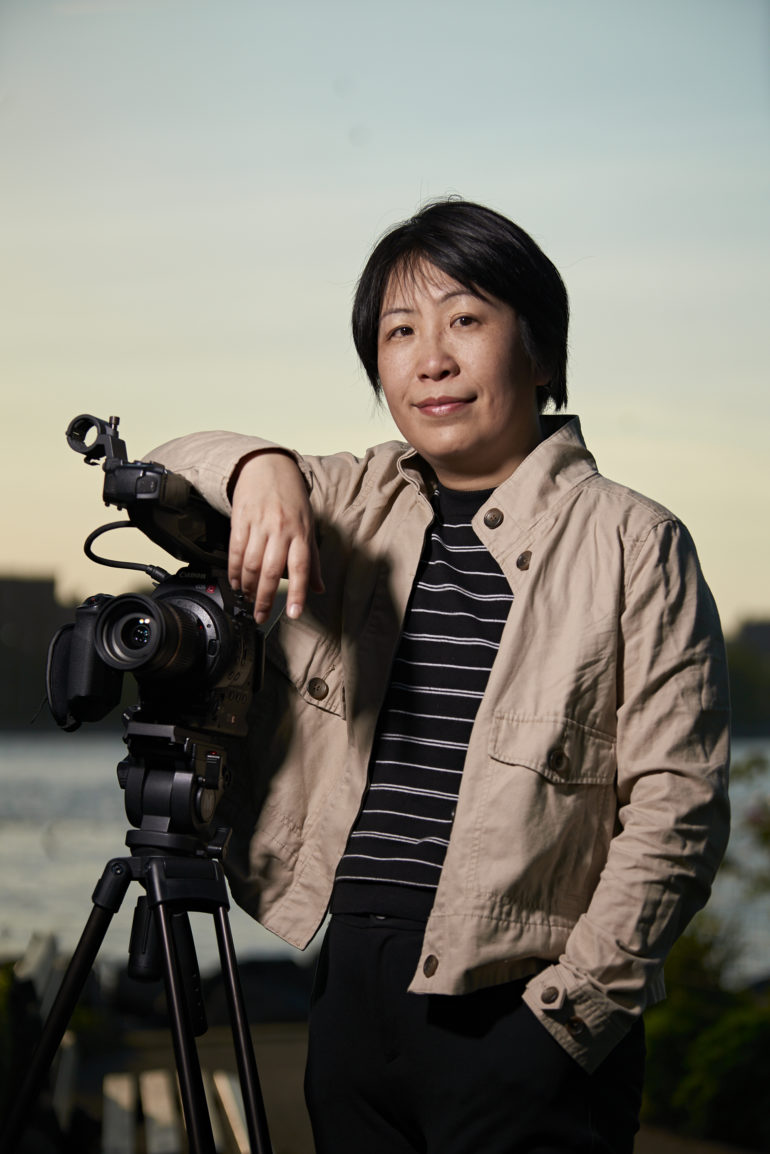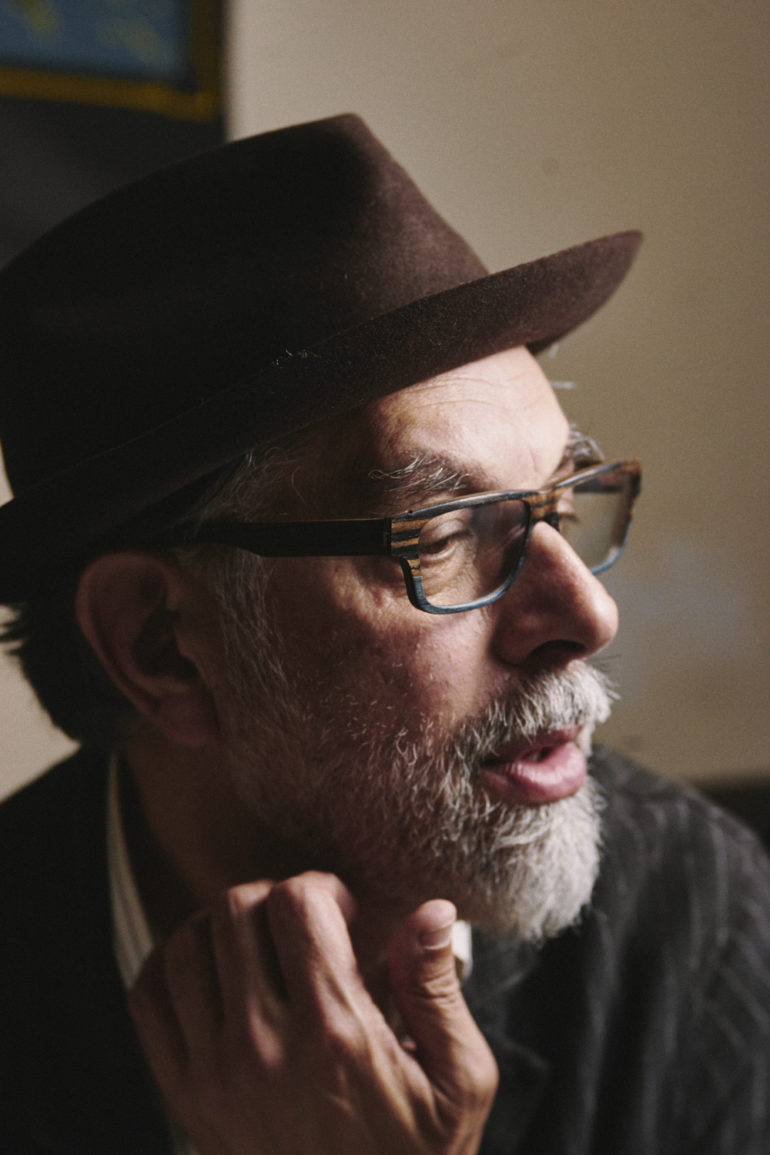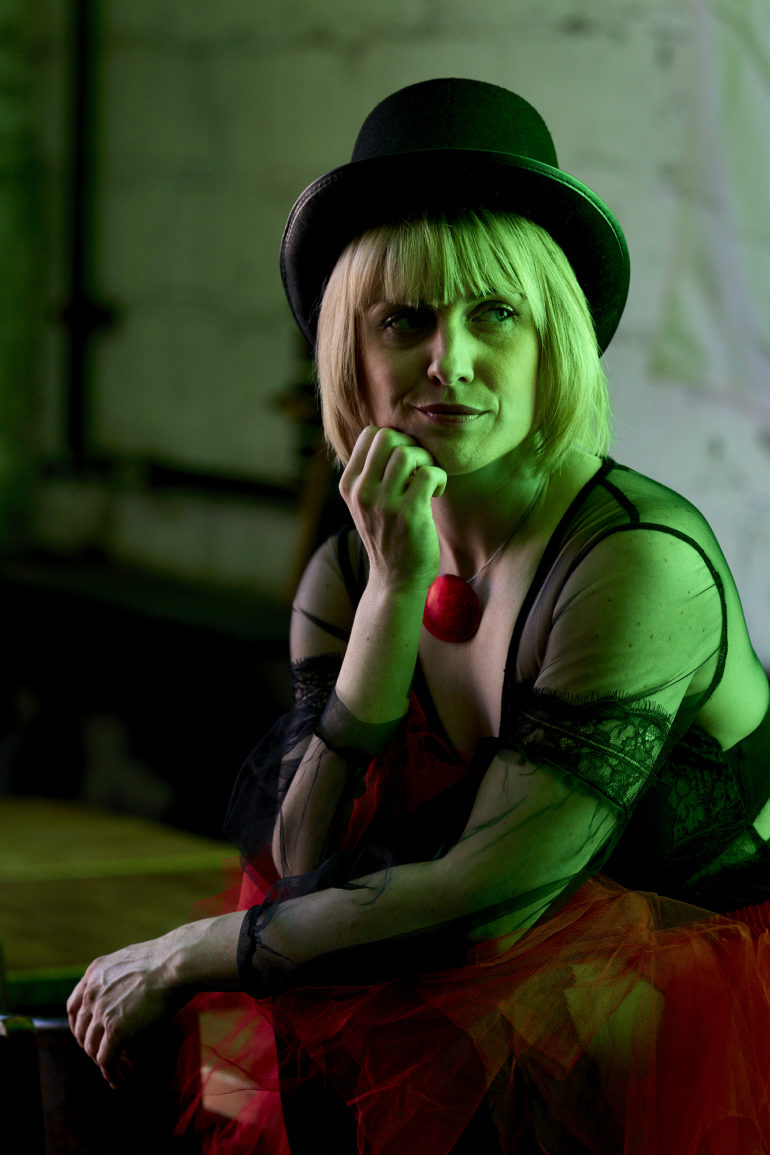Last Updated on 01/31/2019 by Mark Beckenbach
The phenomena of onion ring bokeh has to be the stupidest thing for photographers and engineers to complain about yet.
Have you heard of onion bokeh? If you’ve been speaking to those within the more tech oriented side of the industry in the past few months, you’ll have heard a lot about this. It’s the new thing photographers and engineers have been perfectly okay with for years but are now suddenly not. In all candidness, it’s one of the dumbest things I’ve heard in a long time.
Editor’s Note: YES THAT LEAD IMAGE DOESN’T HAVE ONION RING BOKEH!
So what is onion ring bokeh exactly? To summarize Imaging Resource, it’s basically when glass elements aren’t finished to have smooth surfaces. The light, due to how high current camera resolution is, picks up on all this and brings out said “flaws” in the lenses. As a result, companies have been changing how they mold and form the glass elements. Sony and Panasonic both have spoken about it at great length in recent times and I’m positive that, given enough time, Zeiss will too.
Quite honestly, it really only comes into play in a small number of unfortunate situations which are very easily avoided:
- You look at your images at 100% all the time because you can’t look at the whole frame and your existence depends on peeping pixels all the time. In turn, you come to believe that this is all that matters in an image when some of the most iconic photos in the world aren’t sharp or are riddled with “problems” like this.
- You probably don’t know how to use the clarity or dehaze slider and so you decide you NEED it to be higher than you think instead of using good lighting to begin with to enhance the photo.
- You’re using too much contrast.
It’s awful and it’s stupid, but the biggest thing is that you’re probably pixel peeping instead of looking at the whole image. So instead of just exercising good photography form and skills, we complain about something we don’t understand.
WHO THE HELL CARES?
For many years, onion bokeh has existed. We’ve been able to see it in many photos, but that doesn’t make those photos awful. There are complaints of it being “distracting” in the same way that lines bisecting people are said to “cut their head off” in an image. There’s a solution: learning how to light your subject in an effective way that the emphasis is put on them. Let me demonstrate:
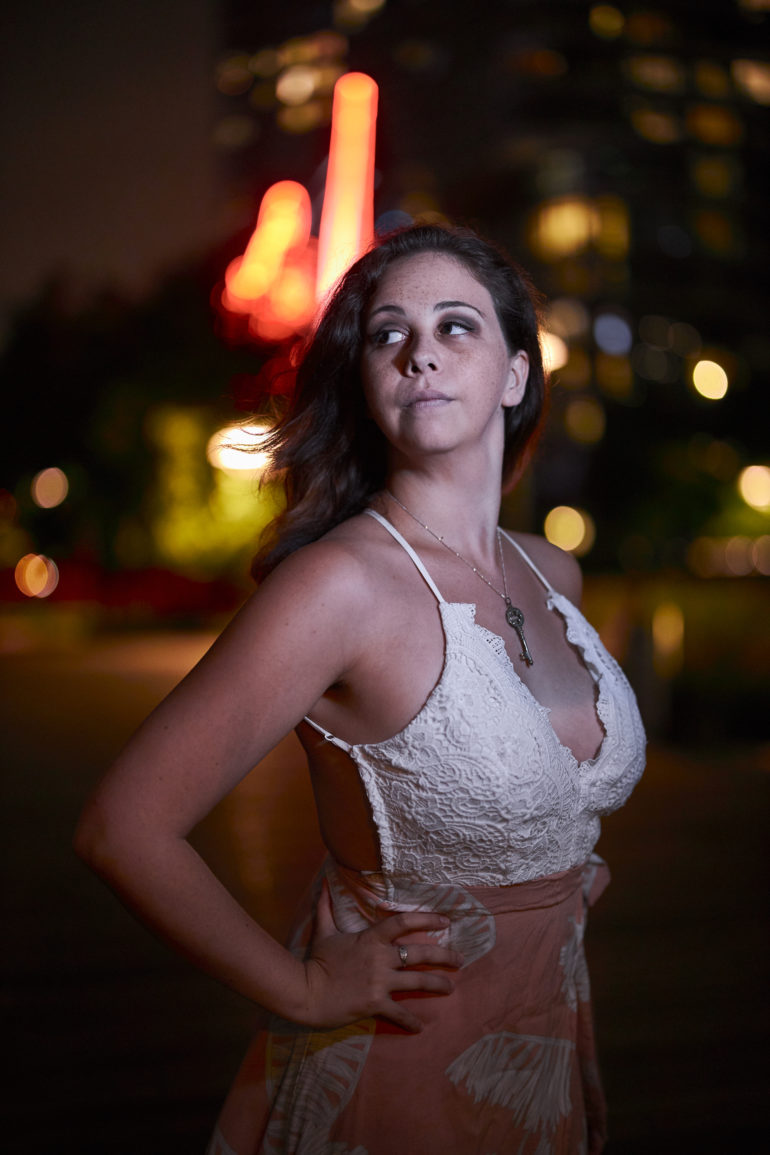
Are there onion rings? Probably, but we lit the subject to the point where they stand out from the rest of the scene and it doesn’t matter.

You know that thing we said about lighting? It applies here too. This is using ambient lighting where the previous image used a flash.
This photo was done with natural light and while he only takes up a small part of the frame, he is emphasized enough to the point where the bokeh is sort of treated as just a background.
There are specific colors put into this scene and the subject placement. Why would you pay attention to the bokeh?
The bokeh and out of focus elements here are part of the story telling, but we’re still focusing on the man in the photo. He’s lit for story telling.
She is backlit, but she is taking up a whole lot of the frame. To that end, we’re not really paying attention to the bokeh when the photographer clearly wants us to look at her.
The bokeh and depth of field is part of the story telling; but the lighting and the focus puts emphasis on her. In that case, who cares about the bokeh?
She is lit to a different color than the rest of the scene and so she stands out from it.
Now here is the even bigger thing: onion ring bokeh only really is emphasized when those big lights and bokeh balls are in the background. Let’s look at a number of scenes with absolutely no chance of onion ring bokeh occurring:
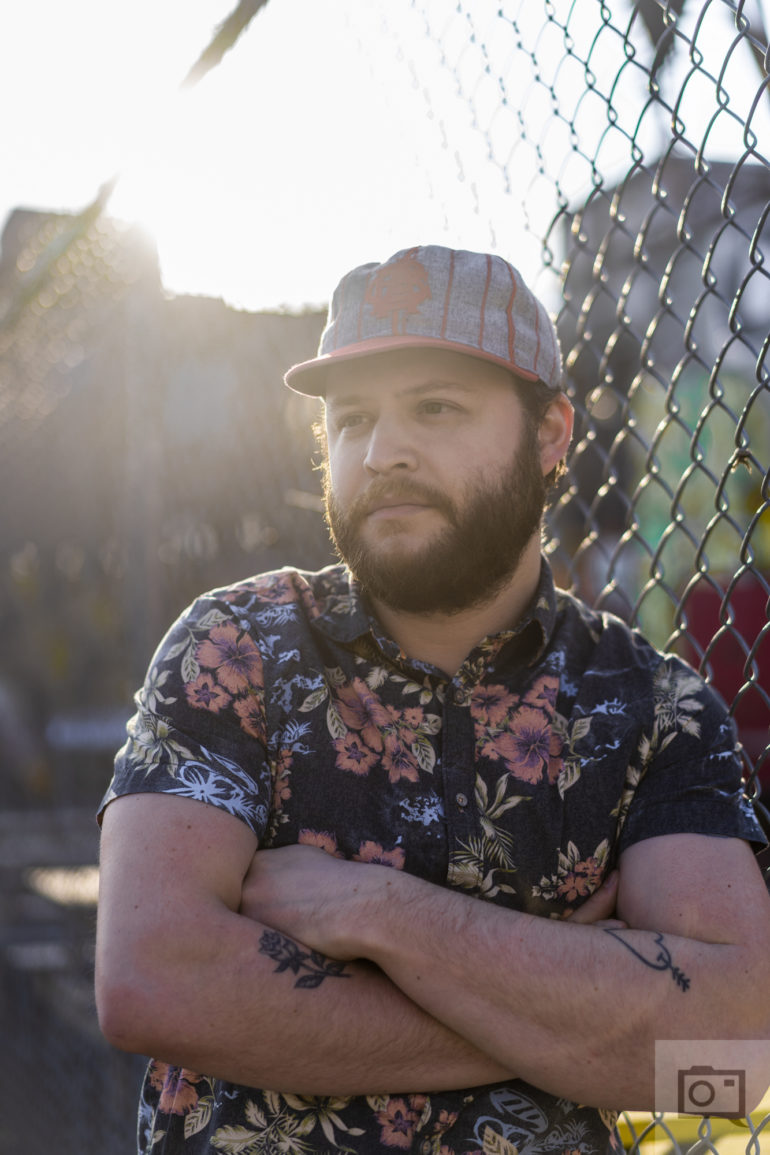

If you want to argue on forums, please stop bringing it to manufacturers and keep it amongst yourselves. Get out there and shoot instead.




